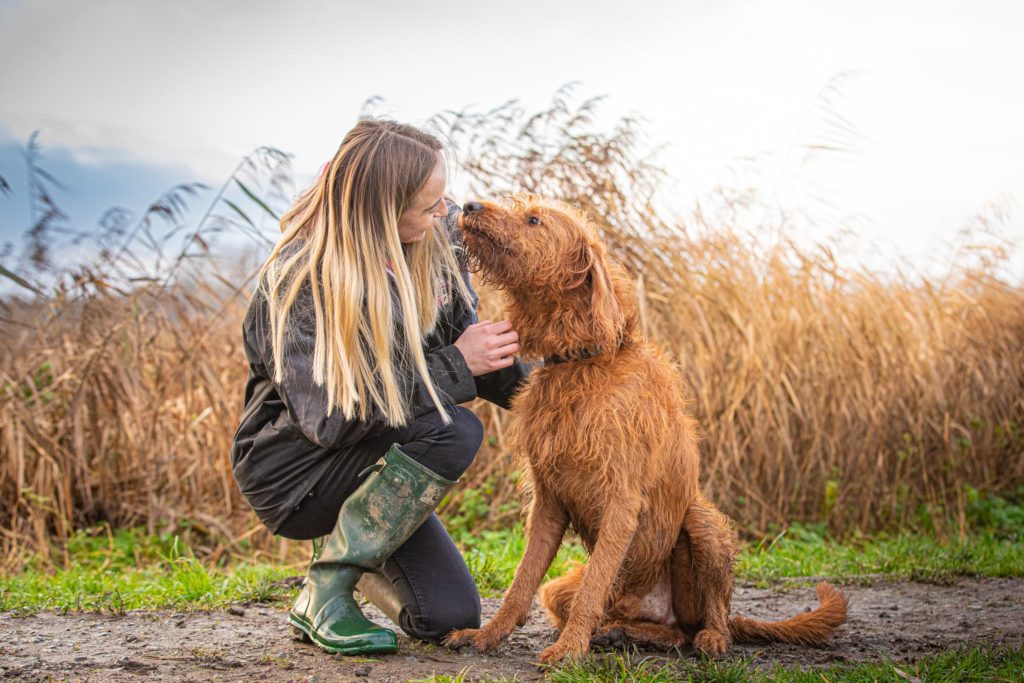Autumn is well and truly here!
As the days get shorter and colder (and we get a little grumpier) heading into winter, there are plenty of new dangers to watch out for in keeping our pets safe when we’re out and about. Whether you let your dog, cat, or another pet outdoors, take note of these warnings.
- Gritted Roads
While grit on the roads helps us to stay safe, it can actually harm our pets. Rock salt can be poisonous to them, and while they would have to ingest a lot to be seriously harmed, it can accumulate over time, especially if they drink from puddles near gritted areas. It can also cause irritation on the paws themselves.
A few ways to prevent irritation or consumption are:
Washing your pet’s paws and fur thoroughly once you’re home, to avoid irritation over time or consumption as they clean themselves
Wearing paw boots on walks, so they don’t come into contact with the grit
Avoiding walking them in areas that have been gritted, such as by sticking to parks, woods, and the like
For more information on the dangers of road grit, check out this blog.
- Collars & Clothes
As we mentioned, the darkness is setting in! Just like us, pets are safest when wearing some form of reflective clothing, most commonly a collar. Making sure that cars can see them when it’s dark will help keep them safe.
If you have an outdoor cat you’d like to equip with a reflective collar, the RSPCA suggests using only quick release collars, so they don’t get stuck and hurt themselves while they’re exploring.
What about dressing them in a winter coat? While this can make for a very instagrammable moment, there are some important things to consider. As winter sets in, some breeds that aren’t great at coping with the cold or regulating their own temperatures could indeed benefit from a warm outer layer. However, some breeds that are native to cold regions could overheat if wrapped up. So, research your particular pet to make the best decision for them.
If you decide that some sort of clothing is best for your pet, the RSPCA strongly recommends you ensure they can still behave normally while wearing it. That includes being able to move freely and unrestricted by the clothes, go to the toilet normally, drink comfortably, and communicate freely with us and other animals by keeping their ears and tail free.
- What’s in their mouths?
As stunning as an autumnal woodland is, it is full of new dangers:
First of all, watch out for your pets chewing on conkers and acorns that have fallen on the ground. They are both listed as poisonous to dogs by the RSPCA.
As everything starts to get damp, mushrooms will also come out in full force. They can be just as dangerous to our pets as they can to us.
Even the beautiful autumn leaves can pose a danger. Once they’ve fallen onto the damp ground, they’ll start to rot, accumulating hazardous bacteria. The same applies to fallen fruit. Keep your pets away from these piles of leaves, as even if they don’t try and eat anything there, they may well lick their paws when they’re back home, which have trodden all over the mould and bacteria.
As always, if your pet ingests anything hazardous or is displaying any symptoms of illness or poisoning such as vomiting, diarrhoea, or even discomfort, contact your vet immediately.
- Indoor Hazards
Our last tip for you is to keep an eye on your pets once they’re back inside. As we start to turn on the heating, it could actually create a breeding ground for dormant fleas.
In light of this, the RSPCA suggests: “treat your pet for fleas regularly all year round, as even if there’s no signs of fleas in your home your pet may have a chance to catch them…The flea pupae like dark and warm spots so make sure you treat all floors, under sofas and beds and even spray a small amount in your hoover.”
The cold season also brings changes in our behaviour, like lighting candles… or leaving antifreeze lying around in the garage! Make sure lit candles and antifreeze are always out of a pet’s reach.
If you suspect your pets have ingested some antifreeze, visit the vet immediately as it is usually fatal if not treated. Symptoms to look out for are vomiting, frequent urination, and looking drunk when they walk.




